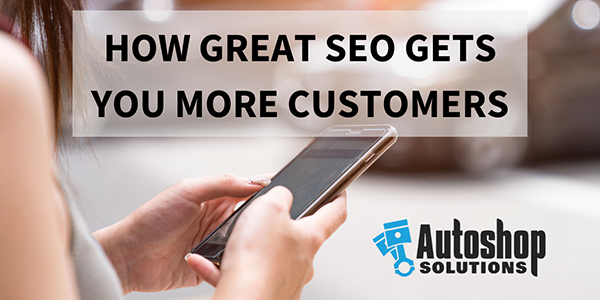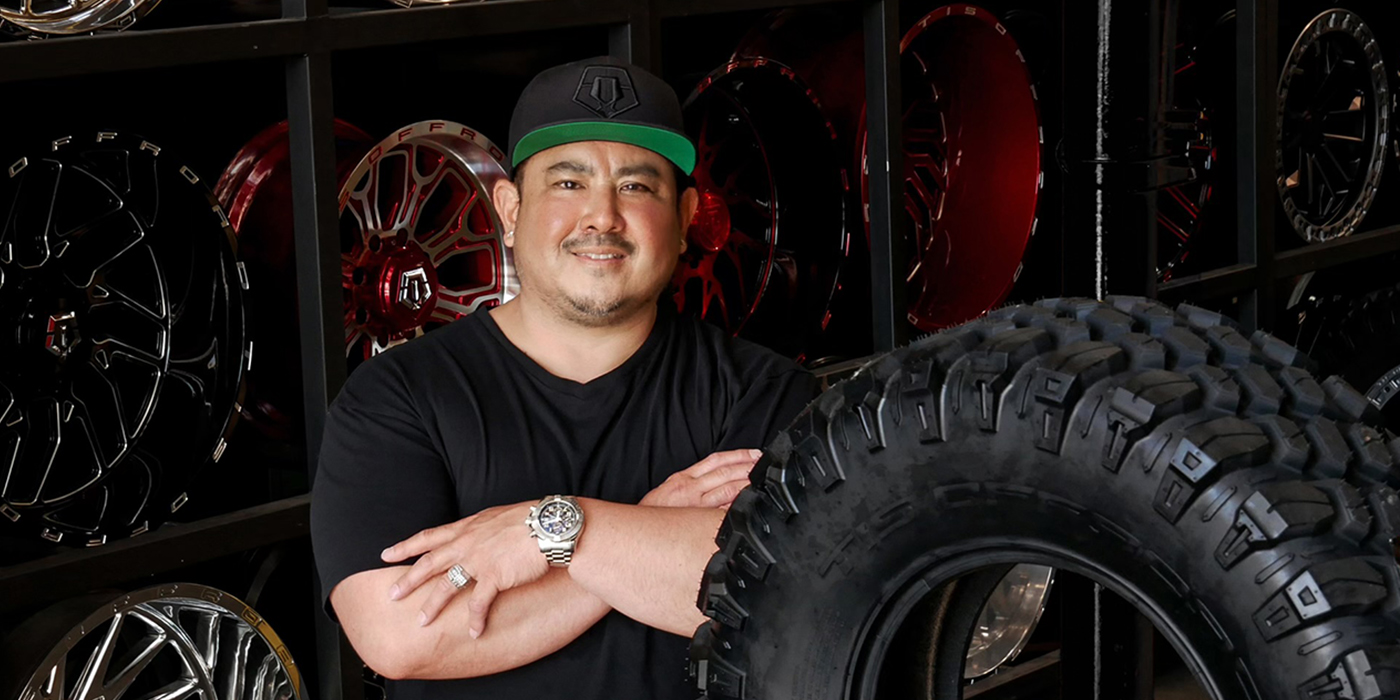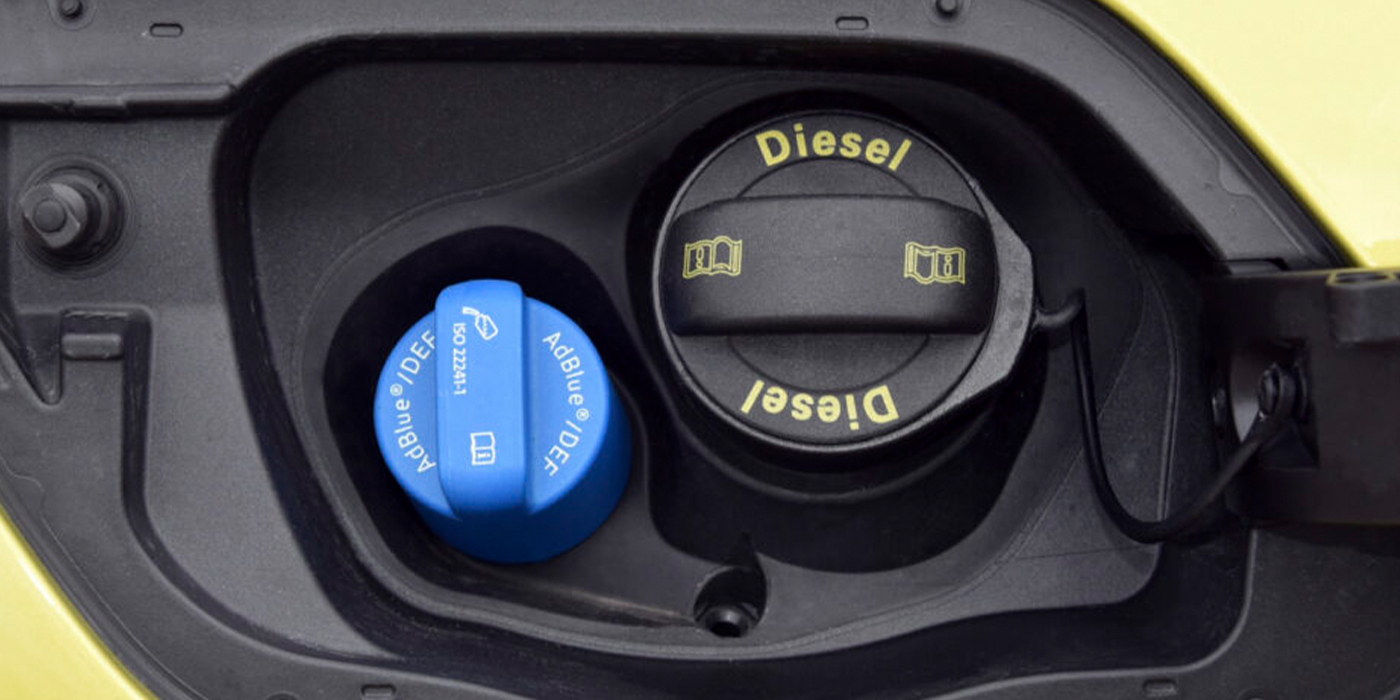To paraphrase Gordon Gekko from the 1980s movie “Wall Street,” technology, for lack of a better word, is good. And so it is. Current technology has allowed smaller shops to track customer purchases, reach new markets, offer a wider variety of products and provide better overall service, all at wallet-friendly costs. But at what point does too much of a good thing become, well, a bad thing? It’s a conundrum, and one that many shops – regardless of size – are facing today.
Tim Ross, CEO of Mudlick Mail, has been working with shop owners across the United States for decades and has seen the industry change drastically over the years.
“At one point, direct-mail marketing was the best, most cost-effective way to reach new customers,” Ross says. “But today, shop owners are faced with so many options, it’s easy to get lost and end up spending money in areas that ultimately don’t do anything to help their bottom line.”
With that in mind, here are some tips from Ross to help shop owners navigate the sea of online and high-tech options to get the most out of your marketing and advertising dollar.

Know Thy Self
First and foremost, Ross notes, every shop should truly understand who they really are. “It sounds odd, because most shop owners think they know their business,” Ross says. “But have they truly spent the time to study their area demographics, the kinds of product and services they are selling, who their competition is? Most shop owners think they know these answers, but until they sit down and take a good, hard look at the business, they won’t have a clear idea about how to move forward with any kind of marketing or advertising strategy.”
One of the most important objectives for shop owners, says Ross, is to understand what kind of people live around the shop, what type of businesses are around the shop and what are the best ways to reach these people.
“Most customers come from within a few miles of the shop, so most shops need to focus their marketing tactics to these specific areas. At Mudlick, we’re able to use our customers’ databases to help determine a shop’s market area, which gives us a specific target to mail. In order to succeed, shop owners have to really know their market well. Who are their customers? What are their habits, their income, their likes and dislikes? It all goes into knowing how and where to market.”
Set Goals
The next step to marketing success is establishing clear and achievable marketing and advertising goals. For those struggling with how to start, Ross suggests that a shop’s goals might be based on reaching a certain sales volume or increasing monthly car count.
“Those goals will help you determine what it will take to get there,” says Ross. “Many shop owners want to be a million-dollar shop or a $2 million-plus shop, but they are not staffed for that goal or they don’t market their business to reach these goals. What kind of staffing will it take to reach those goals? Do you have the right people in-house already, or do you have to go hire them? What kind of budget will you need? Which marketing platforms fit well with your goals and will help you meet those goals in a timely manner?”
Part of setting goals is understanding where your marketing dollars will go. Ross says every shop owner should understand which dollars will help sales directly, and which dollars will go more toward growing brand awareness. All marketing partners should be able to show their return to the shop owner in order to justify the market spend.
Have A Website
This one may seem fairly obvious, but Ross says many shop owners still don’t fully understand the power of a quality website.
“It doesn’t have to be super expensive and have all the shiny bells and whistles, with dozens of pages. Think about it: How many customers really go in-depth on a website? A simple landing page with clear information that is easy to navigate can be one of the most powerful marketing tools a shop can have,” Ross says.
Identify Your Platforms
Notice that we said platforms – not a singular platform. More important, Ross notes, is to make sure the platform you choose has quality tracking ability.
“Whatever tactic you decide to use, make sure that your investment is measurable,” Ross explains. “Is your return on investment measured in car count? Is it measured in brand awareness? Some dollars will not lead to sales directly, but those dollars still can help grow your business. You simply have to understand where those dollars are going and what kind of work they’re putting in for you.”
Ross, for one, still believes in the power of direct-mail marketing. But even then, it’s not your father’s direct-mail campaign.
“We work with some great tech companies to combine a more comprehensive direct-mail campaign with high-tech add-ons like automated call tracking, pay-per-click options and a mobile element as well,” says Ross.
It’s what Ross calls the “omnichannel” approach, which employs established marketing platforms combined with the most useful online technology to not only keep existing customers but also attract new customers at the same time.
Facebook, Radio & TV
“It’s rare to see a direct sale come from a Facebook post,” Ross says. “But that doesn’t mean that platforms like Facebook or Twitter, or some of the other social media sites, can’t be useful.”
Social media is a great way to communicate with your customers, but it has its limitations. When it comes to growing brand awareness, Ross says social media can be tremendously helpful in that arena. However, if you’re looking primarily to increase car count, social media might not be the best option available.
The same can be said for paid radio and television ads. “It really depends on your budget,” Ross says. “For larger or national companies, they can afford to spend the money on broadcast ads. But for the smaller shops, it’s expensive, and more importantly, those dollars are just very hard to track when it comes to ROI.”
When it comes to driving business through broadcast advertising and marketing, it ultimately comes down to budget. Since most shops draw from a two- to three-mile radius around their store, and broadcast outlets usually go out 50 to 100 miles, it’s hard to target a shop’s specific customer base using this strategy.
“Remember, you don’t just pay for one ad and then it’s done,” Ross says. “In order for those ads to really be effective, they have to run over and over before people even begin to pay attention to them. And that gets very expensive very quickly, so for most small shops, that’s not even an option.”

Putting Together The Plan
So what are your options? Between TV, Radio, shared mail, direct mail and social media, it can still seem pretty overwhelming. Marketing is even more complicated when people throw around the term “digital marketing.” It means different things to different people. Even after you’ve identified your business strengths and your customer demographics, set your goals, set your budget and reviewed your options, you still have to come up with a plan based on all of these factors. Marketing is not a one-size-fits-all program; some shops do great with direct mail, while others have great success with PPC. Shop owners need to find the mix of advertising that works for them and their shop.
Ross brings up the omnichannel approach again as the solution. A good base marketing plan for most shops starts with a good website, a localized pay-per-click program, customer email campaigns and targeted direct mail to new and existing customers.
Ross says the most successful campaigns use a variety of tools. For example, combining a user-friendly website with a direct-mail campaign can be a good way to start. Using pay-per-click advertising to drive traffic to the website also can help supplement those initial efforts.
Ross points out that the conversion rate on pay-per-click is very high – roughly 20% to 30%.
“Having a pay-per-click program is probably the best idea for most shops out there right now. Just remember that it just depends on who is looking for your services at that time,” says Ross. “A good mix of PPC, email and targeted direct mail around the shop will help most shops get as many customers as they need as long as the service and experience is positive for the customer.”
For some shops, Facebook, Twitter and other social media platforms can be very important in growing brand awareness and getting the name of the business out among potential customers.
“Really, though, things like Facebook and Twitter and the other sites, they’re not lead generators,” Ross says. “But they can help reach out to existing customers, keep them in the loop, help build brand awareness and keep the lines of communication open between the business and customers.”
It really comes down to what kind of marketing and advertising campaign you’re looking to build. If you’re looking to simply grow your brand, then social media can be very effective. However, if increasing car count and sales is the primary goal, then the omnichannel approach is the better path to take.
Final Thoughts
Ultimately, according to Ross, it’s critical that shop owners slow down and make sure their messaging is right for their particular market.
Lastly, make sure your messaging is clear and your offers incentivize the customer to try you out. Ross reminds shop owners that since they have to lure a customer away from another shop, they should ask what it would take to get that customer to pass on their competition to try their shop.
“It is important to share what makes you different, but remember your competitor is likely saying the same thing,” says Ross. “I also tell my customers to go check out their local competitors’ websites and see what you have in common. To stand out, you need to stay in front of your customers on a regular basis to stay top of mind as well as offer superior service at a fair price.”
Ross goes on to say, “Shops have to make sure that the people they are trying to reach, regardless of the platform they are using, are both demographically and geographically the people that will legitimately come into their shop.”
While it may seem enticing to use fun, creative or even cheesy ads to stand out from the rest of the competition, Ross says it’s often better to avoid that temptation.
“Doing a low-budget or cheesy online ad can actually be a detriment to your business,” he explains. “Whatever you choose to do, do it professionally or don’t do it at all. What your customer sees online, in broadcast or in print is how they will judge you.
“Remember, not only are you trying to keep your existing customers, but you’re also looking to expand your customer base, and there’s a lot of competition out there for those customers. It’s important to be generating new customers all the time, and that starts with basic curb appeal, great service, competitive pricing. It starts with your own employees, how they handle the phones, how they deal with customer service – all of it. You can have the greatest marketing campaign in the world, but if you don’t provide quality service, you’ll still fail.”











